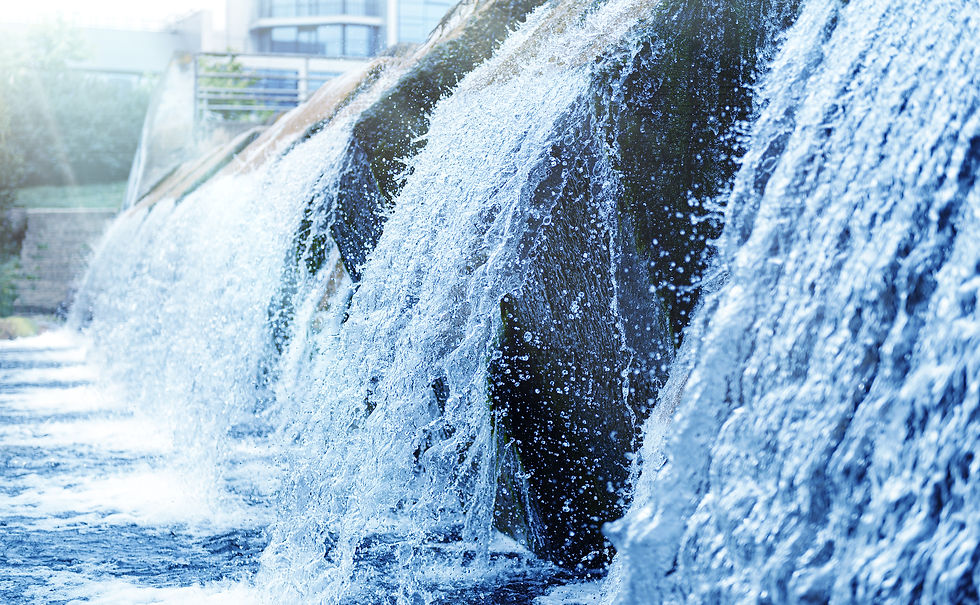Billions Needed for Drinking Water Infrastructure
- Allison Stalker
- Jun 11, 2013
- 2 min read
Updated: Aug 30, 2023
The fifth Drinking Water Infrastructure Needs Survey and Assessment (DWINSA) was released by the Environmental Protection Agency (EPA) last week. The survey was conducted in 2011 in order to “document the 20-year capital investment needs of the public water systems that are eligible to receive Drinking Water State Revolving Fund (DWSRF) monies”.
The survey is conducted every four years under the direction of the Safe Drinking Water Act and consisted of 52,000 community water systems and 21,400 not-for-profit noncommunity water systems. The results are somewhat staggering.
Over the next 20 years, the survey estimated that $384.2 billion is needed in improvements for our nation’s drinking water infrastructure. These improvements include thousands of miles of pipes and thousands of treatment plants, storage tanks and water distribution systems. It is important to note that the survey only includes projects eligible to receive DWSRF funds and therefore excludes projects related to dams, raw water reservoirs, future growth and fire protection.
More specifically, the survey breaks down the $384.2 billion need into the following project types:
Distribution and transmission: $247.5 billion to replace or refurbish aging or deteriorating lines
Treatment: $72.5 billion to construct, expand or rehabilitate infrastructure to reduce contamination
Storage: $39.5 billion to construct, rehabilitate or cover finished water storage reservoirs
Source: $20.5 billion to construct or rehabilitate intake structures, wells and spring collectors
Other: $4.2 billion
“A safe and adequate supply of drinking water in our homes, schools and businesses is essential to the health and prosperity of every American,” said EPA Acting Administrator Bob Perciasepe. “The survey EPA released today shows that the nation’s water systems have entered a rehabilitation and replacement era in which much of the existing infrastructure has reached or is approaching the end of its useful life. This is a major issue that must be addressed so that American families continue to have the access they need to clean and healthy water sources.”
For more information, click here.


